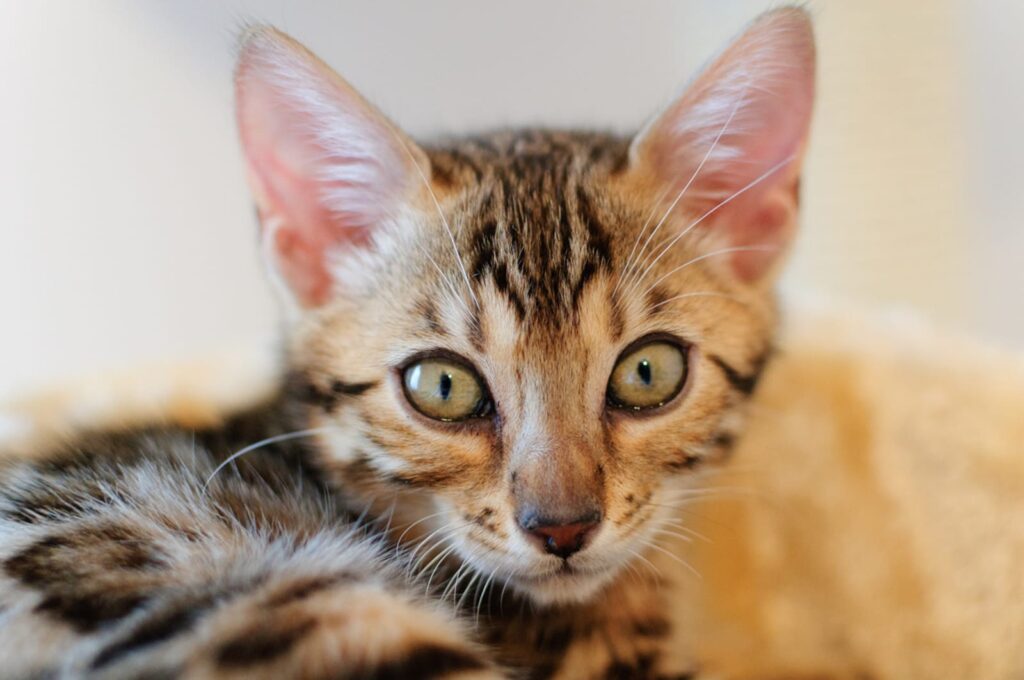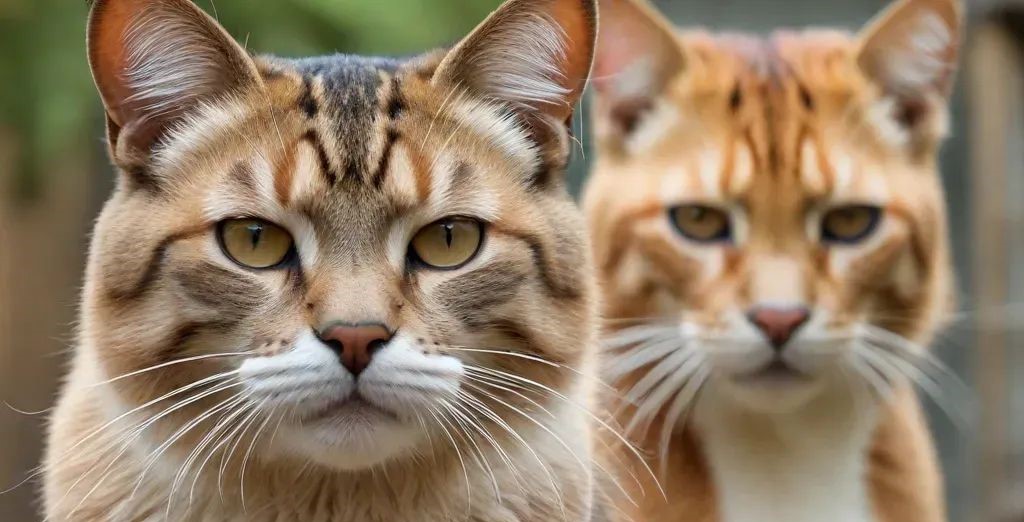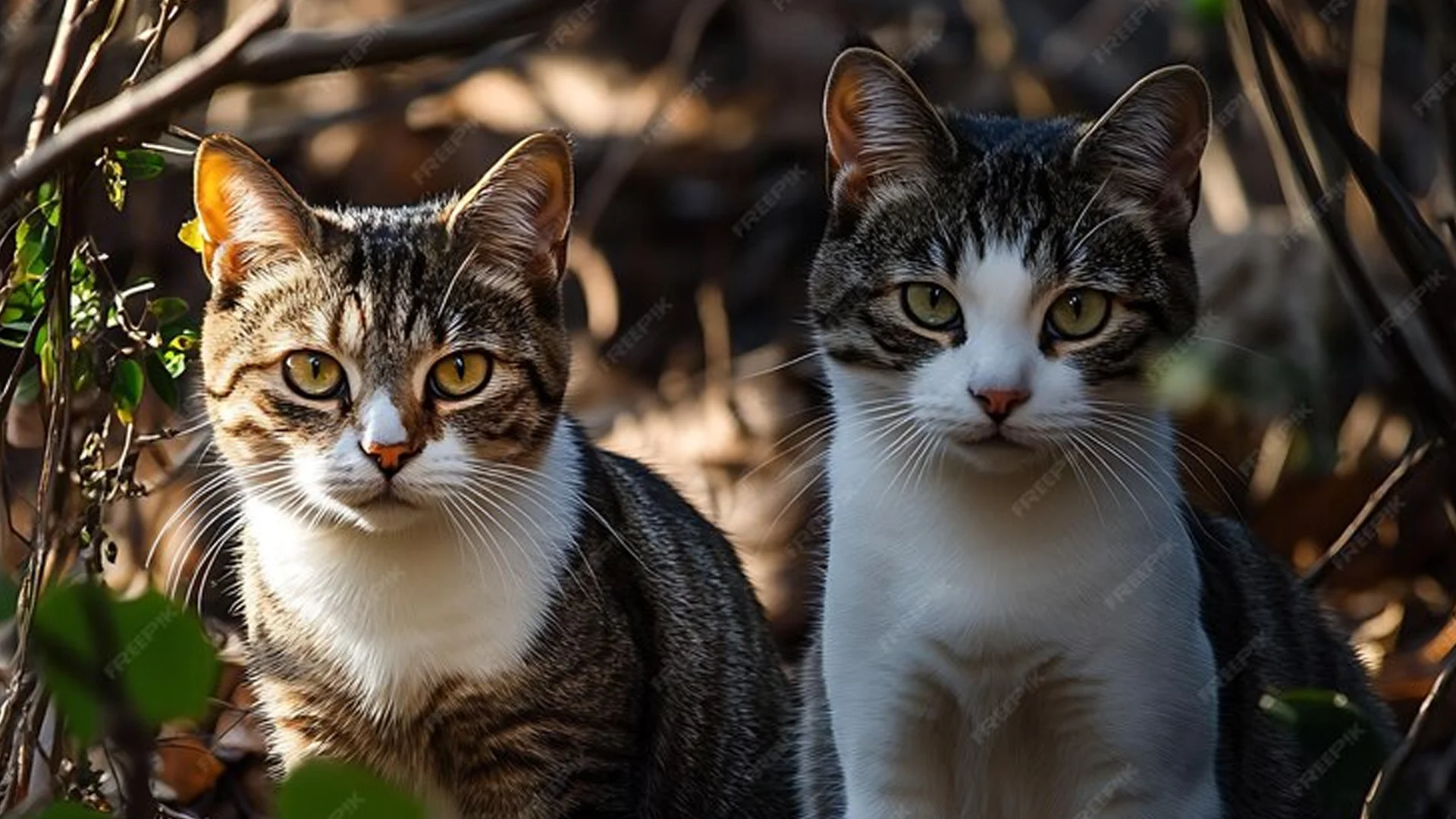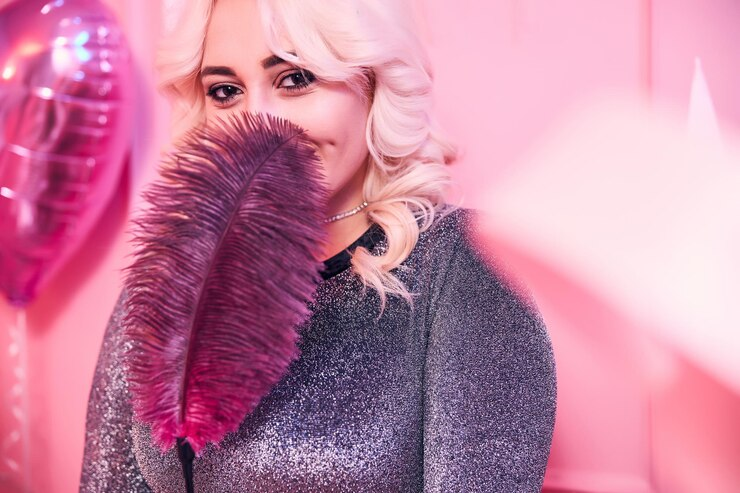Crossbreed two zoo cats might sound like an exciting idea, but it comes with many important considerations. A lot of people are curious about creating a new type of cat by crossbreeding zoo cats. However, before jumping into this idea, it’s essential to understand the risks, the challenges, and whether it’s even possible in the first place.
What Does it Mean to Crossbreed Two Zoo Cats?

Crossbreeding two zoo cats refers to the process of mating two different species or subspecies of wild cats that live in a zoo. This could involve animals like a lion and a tiger or a cheetah and a wildcat. The goal of crossbreeding is often to create new genetic variations, but it can be complicated and should not be done without careful planning.
Zoo cats are usually wild animals with very specific needs, and crossbreeding may affect their health. So, before thinking about crossbreeding, it’s important to understand how it works and what the results might be. The first step is always to make sure the two animals are compatible and healthy enough for breeding.
Can You Actually Crossbreed Two Zoo Cats?
Yes, it is technically possible to crossbreed two zoo cats, but it’s not something that happens naturally in the wild. In zoos, breeding programs may attempt this to create animals with unique characteristics, like hybrids between a lion and a tiger (called a liger). However, not all zoo cats can successfully mate with each other, and it depends on the species and the environment.
Why Crossbreeding Zoo Cats Can Be Challenging
Crossbreeding two zoo cats can be very difficult. First, different species of wild cats have different mating behaviors, which may not align well. Also, zoo animals are often kept in separate enclosures to prevent conflict, so bringing them together for breeding needs careful planning. The physical and emotional stress on the animals can make this process even harder.
Additionally, crossbreeding may lead to genetic complications, as hybrid animals might inherit traits that don’t suit their environment or health. This is why it’s essential for experts to consider all factors before attempting to crossbreed two zoo cats.
The Science Behind Crossbreeding Two Zoo Cats

When it comes to crossbreeding two zoo cats, the science behind it involves understanding genetics. Each species of cat has its own set of genes, and crossbreeding combines these genes in ways that can produce a variety of traits. For example, a liger (the offspring of a lion and a tiger) might have the size and strength of a lion but the stripes of a tiger.
However, genetic problems can arise if the animals are too genetically different or if the offspring inherit undesirable traits. This is why it’s important for professionals to carefully study the genes of the zoo cats before allowing them to mate. These considerations help reduce the risk of creating animals with health problems.
What Are the Risks of Crossbreeding Zoo Cats?
Crossbreeding zoo cats can come with several risks. The biggest concern is the health of the animals. When different species are crossed, their offspring might inherit traits that make them more prone to certain diseases or health problems. For example, ligers often suffer from joint issues because they inherit the rapid growth genes of both parent species, which can lead to severe health problems.
In addition to health risks, there are also ethical concerns about crossbreeding. Many argue that animals should not be bred just for novelty or to create hybrid creatures. It’s crucial to think about the long-term welfare of the animals involved and whether crossbreeding benefits them in any way.
How Do Experts Handle Crossbreeding Zoo Cats?
When professionals in zoos decide to crossbreed zoo cats, they do so with the animals’ health and well-being in mind. Experts monitor the mating process closely and may conduct genetic testing to ensure the offspring are likely to be healthy. Only the most compatible pairs are selected for breeding, and careful attention is given to any potential risks.
Experts also take great care to make sure the animals do not experience stress or injury during the process. They create a safe, controlled environment for both the male and female zoo cats to meet and breed. This careful management is key to successful and safe crossbreeding.
Conclusion:
Crossbreeding two zoo cats is a complicated and delicate process. It requires careful planning, knowledge of genetics, and a deep understanding of the animals involved. If done properly by professionals, it can sometimes result in healthy hybrid animals. However, the risks and ethical concerns mean that this practice should only be done when there is a good reason for it, such as preserving endangered species or creating animals with specific traits needed for conservation.
FAQs
Q: Can zoo cats be crossbred naturally?
A: No, crossbreeding zoo cats usually requires intervention by professionals. Animals need to be compatible for breeding, which often doesn’t happen naturally.
Q: What happens to hybrid zoo cats?
A: Hybrid zoo cats can inherit traits from both parents, but sometimes they have health problems or genetic issues, which can affect their quality of life.
Q: Is crossbreeding zoo cats good for conservation?
A: It can be, especially if the goal is to increase genetic diversity or help preserve endangered species, but it must be done carefully.
Q: Are zoo cats safe from harm during crossbreeding?
A: If handled by experts, the animals are generally safe. However, stress and health risks are factors that must be managed properly.
Q: Why don’t all zoo cats get crossbred?
A: Not all zoo cats are compatible for breeding, and experts must carefully consider the animals’ health, genetic makeup, and needs before deciding to crossbreed them.



